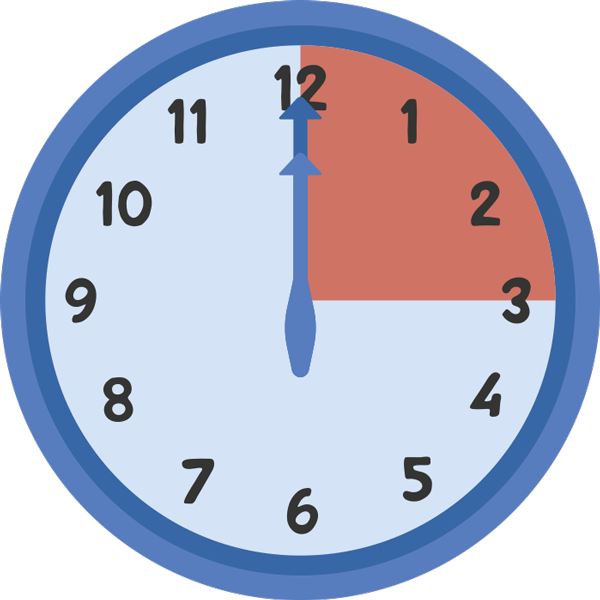

ou’ve got a dog on the table, you’re answering the phone and also checking that Facebook notification…all at the same time.
Sound familiar?
You think you’re being productive, but, in reality, it’s an inefficient use of your time. (Unless you’re in the two-and-a-half percent of the population that can actually multitask.)
There are two types of multitasking: The first type is trying to do two things at once. For example, you’re grooming a dog, then you stop to answer the phone, you go back to grooming the dog and then stop to text another client. Or, maybe you’re updating a client’s file and you stop to answer the phone, then your groomer informs you they’re out of ear cleaner, so now you need to place an order to a vendor before they close for the day, and then somebody walks in to ask if you’re taking new clients. But, it’s all related work.
The second type of multitasking is referred to as context switching, meaning you’re distracted by something. For example, you’re grooming a dog, then your phone dings and you check out the latest drama (The post is up to 253 comments, this is getting good!), you go back to grooming the dog, then your co-worker asks to borrow your scissors and you stop to give precise instructions on how to care for your tools.

The problem with multitasking is that it divides your attention. There are studies that show that it takes a brain 15 minutes to refocus on a task when you stop and start. Each task will take you longer to do as a collective than if you would just do each task separately. It turns a 30-minute task into 45 minutes. Multiply that throughout the day.
But what if you can’t NOT stop in the middle of a particular task? Well, let’s start by defining the task, how long you will devote to it, as well as how and when a distraction is used.
Grooming can be broken down into different tasks that should have your full attention; checking-in, bathing, drying and finish work are four different tasks. If you need that distraction, in between these tasks is when your mind can switch to something different, but be sure to set a timer or an alarm on your phone to have an end for it. What you’re really doing is creating a routine, and your brain LOVES a routine. Once a routine is set, your brain begins to anticipate that task and now it wipes out that 15-minute refocus time.
Schedule those repetitive business tasks in your planner and set alarms for when they need to get done. For example, you update all client information for the day and get the next day’s ready at 4:30 p.m. every day, calls are returned at 5 p.m. and financials are done at 5:30 p.m. You get the idea…
If you do all the mundane tasks of a business at specific times of the day, you know what happens?
You set a routine.
I know that I’m not that two-and-half percent of the population that can truly multitask as I wrote this while putting on one of my training summits in the background. I kept switching back and forth between the tasks for the summit and this article, and what would normally take me an hour to do ended up at the four-hour mark. Not a very productive use of my time.
As I mentioned above, the brain loves a routine. We know how well routines work for us when we’re grooming, so imagine how well they can improve your work day as a whole. Focusing and setting routines can shorten your day allowing you to either finish up early or make more money grooming that extra pet you now have time for.


